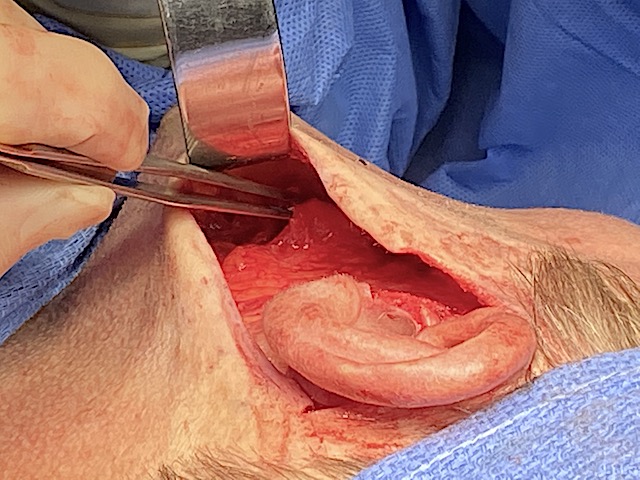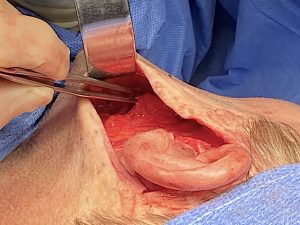One of the adverse aesthetic side effects of any form of jaw angle surgery is that of masseteric muscle dehiscence. Because it is most commonly associated with implant placements (jaw angle and/or custom jawline implants) it is also known as ‘implant reveal’. It becomes most manifest in this aesthetic clinical situation because of the expanded bony contours.
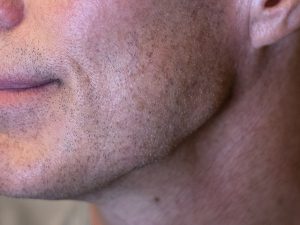
For those patients bothered by the contour deformity the logical approach is to try and reposition the muscle back over the bone/implant. While the concept is straightforward doing so is far more difficult than it may seem. The biggest challenge is incisional access to try the muscle repositioning surgery and to do so leaving an acceptable scar. It is important to avoid creating another aesthetic issue that the patient may perceive as just as significant as the one being solved.
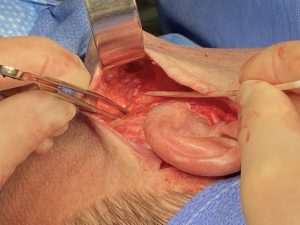
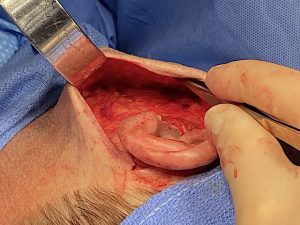
The facelift incision is not the workhorse method to treat masseteric muscle dehiscence. But if the combination of a facelift and massesteric muscle dehiscence does exist it does provide enough access to effectively perform the procedure.
Dr. Barry Eppley
Indianapolis, Indiana

